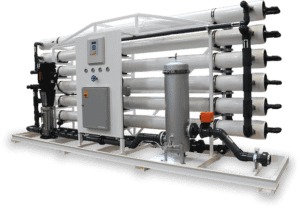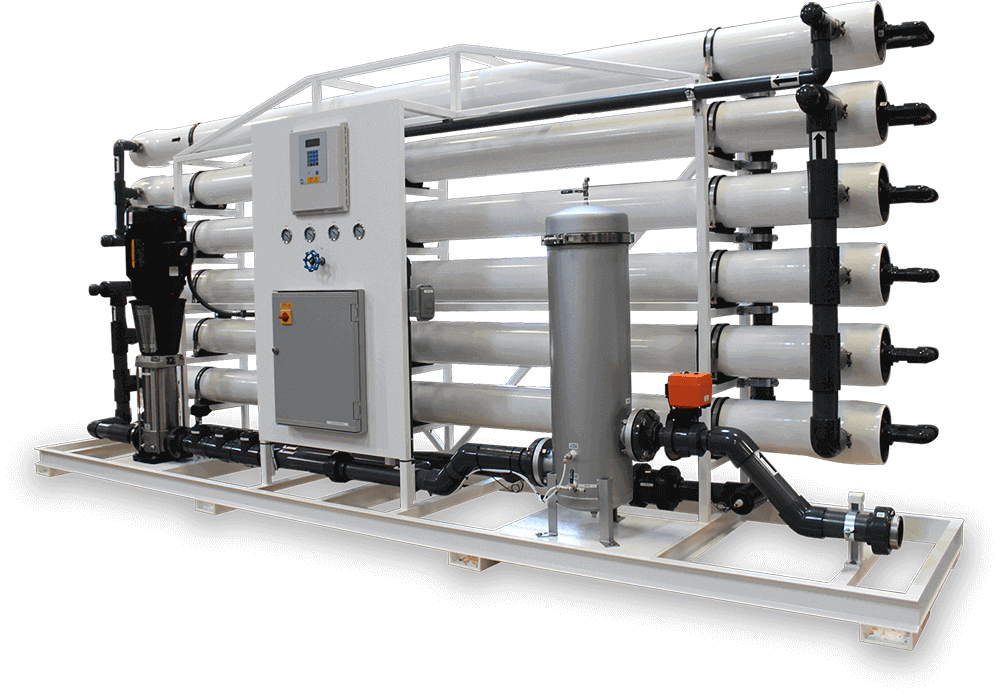Description
Brackish Water Membrane
Water is a crucial resource that we need for survival. Unfortunately, access to clean water is not always readily available, especially in areas where brackish water is abundant. Brackish water is water that has a higher salinity level than freshwater but is not as salty as seawater.
In this article, we will be discussing the brackish water membrane, which is a water filtration technology that can be used to purify brackish water. We will cover everything you need to know about this technology, including how it works, its benefits, and its applications.
What is a Brackish Water Membrane?
A brackish water membrane is a type of water filtration technology that is specifically designed to purify brackish water. It uses a semi-permeable membrane that allows water molecules to pass through while blocking contaminants and impurities.
The membrane is made up of a thin layer of material that is designed to remove various contaminants from the water, including salts, minerals, and other organic and inorganic compounds. Brackish water membranes are widely used in a variety of industries, including agriculture, food processing, and water treatment.
How Does a Brackish Water Membrane Work?
Brackish water membranes use a process called reverse osmosis to purify water. Reverse osmosis is a process where water is forced through a semi-permeable membrane at high pressure. The membrane allows water molecules to pass through while blocking contaminants and impurities.
The semi-permeable membrane is made up of a thin layer of material that has microscopic pores. These pores are small enough to block contaminants but large enough to allow water molecules to pass through. As the water passes through the membrane, it is purified, leaving behind contaminants and impurities.
Benefits of Using a Brackish Water Membrane
There are several benefits to using a brackish water membrane, including:
1. Cost-Effective
Brackish water membranes are a cost-effective way to purify brackish water. They are more affordable than other water filtration technologies, such as distillation or ion exchange, and require less energy to operate.
2. Environmentally Friendly
Brackish water membranes are environmentally friendly. They do not require any chemicals to operate, and they use less energy than other water filtration technologies, reducing their carbon footprint.
3. High-Quality Water
Brackish water membranes produce high-quality water that is safe for consumption. The water is free of contaminants and impurities, making it ideal for a variety of applications.
4. Easy to Operate
Brackish water membranes are easy to operate and maintain. They require minimal supervision, and routine maintenance is simple and straightforward.
Applications of Brackish Water Membranes
Brackish water membranes have a wide range of applications, including:
1. Agriculture
Brackish water membranes are used in agriculture to irrigate crops. They can remove contaminants and impurities from brackish water, making it safe for crops to grow.
2. Food Processing
Brackish water membranes are used in the food processing industry to purify water for food production. The purified water is used in various processes, including cleaning, cooking, and processing.
3. Water Treatment
Brackish water membranes are used in water treatment plants to purify brackish water for consumption. The purified water is safe for drinking and is used to supply households and businesses with clean water.
Conclusion
Brackish water is a challenge that many communities face, especially in areas where freshwater is scarce. Fortunately, the brackish water membrane is a water filtration technology that can be used to purify brackish water, making it safe for consumption and a variety of applications. Brackish water membranes are cost-effective, environmentally friendly, produce high-quality water, and are easy to operate and maintain.
In summary, the brackish water membrane is an excellent solution for areas that have limited access to freshwater or where brackish water is abundant. With its cost-effectiveness, environmental benefits, and versatile applications, this technology can help address water scarcity and improve water quality in various industries and communities.
FAQs
- What is the lifespan of a brackish water membrane?
The lifespan of a brackish water membrane depends on various factors, such as the quality of the membrane, operating conditions, and maintenance practices. On average, a brackish water membrane can last between two and seven years.
- How often should a brackish water membrane be replaced?
Brackish water membranes should be replaced when their performance declines or when they become damaged. Regular maintenance and cleaning can help extend the lifespan of the membrane, but replacement is inevitable at some point.
- Can brackish water membranes remove all contaminants from water?
Brackish water membranes can remove various contaminants and impurities from water, including salts, minerals, and other organic and inorganic compounds. However, some contaminants may require additional treatment or filtration methods.
- How much energy does a brackish water membrane consume?
The energy consumption of a brackish water membrane depends on various factors, such as the size of the membrane, the quality of the feedwater, and the operating conditions. On average, a brackish water membrane consumes between 3 and 6 kilowatt-hours per cubic meter of water. recommended for seawater desalination because seawater has a higher salt content than brackish water. Seawater desalination requires more advanced and specialized membranes that can handle the high salt concentration and operating pressures.








Aqua Filter –
Aquaafilter is the best water filter company around. Their team is always prompt, professional, and highly skilled.